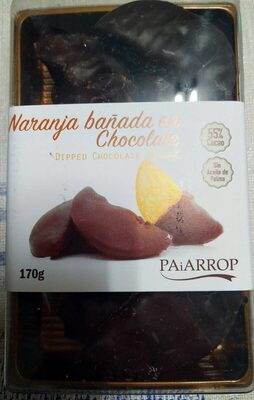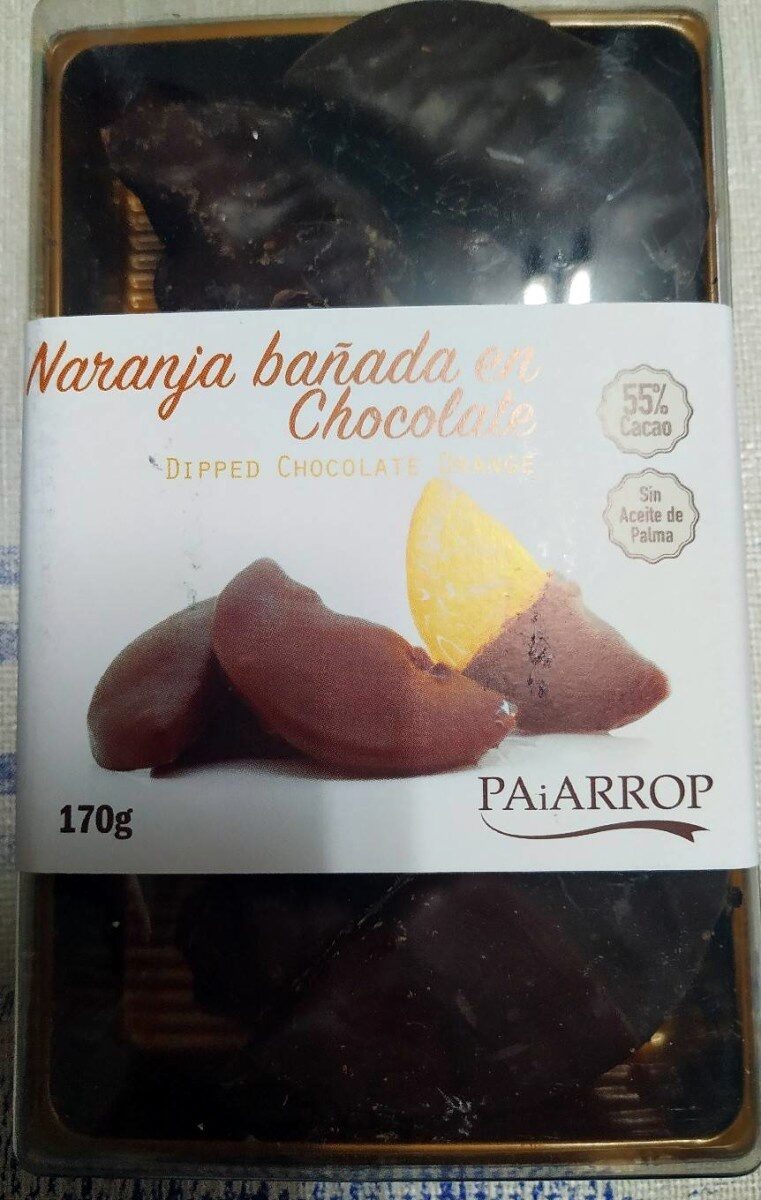Naranja bañada en chocolate - Paiarrop - 170g
This product page is not complete. You can help to complete it by editing it and adding more data from the photos we have, or by taking more photos using the app for Android or iPhone/iPad. Thank you!
×
Barra-kodea: 8437006555661 (EAN / EAN-13)
Izen arrunta: Naranja bañada en chocolate
Kopurua: 170g
Markak: Paiarrop
Kategoriak: en:Snacks, en:Sweet snacks, en:Cocoa and its products, en:Confectioneries, en:Chocolate candies, en:Bonbons, en:Fruit confectioneries, en:Chocolate covered fruits
Etiketak, ziurtagiriak, sariak:
en:Green Dot
Dendak: Consum
Saltzen diren herrialdeak: Espainia
Matching with your preferences
Health
Osagaiak
Food processing
Gehigarriak
Ingredients analysis
Elikadura
Ingurumena
Ontziratzea
Transportation
Report a problem
Datuen iturria
Product added on by kiliweb
Last edit of product page on by alia.
Produktuaren orria -gatik editatua moon-rabbit, roboto-app, thaialagata, yuka.Ykl3clR2d0xvTUVPeXZBaHhBejM0Y2hXeDRLUVlVZnBHYm96SUE9PQ.






